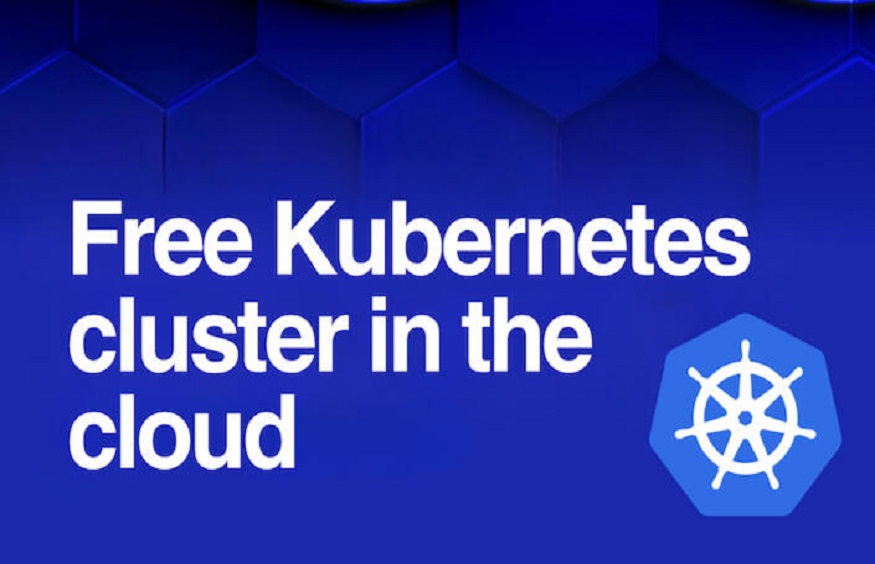
How to Set Up a Free Kubernetes Cluster with Cloudfleet for Testing and Development
Are you looking to set up a Kubernetes cluster for testing and development purposes? Look no further! In this article, we will guide you through the process of setting up a free Kubernetes cluster with Cloudfleet. By the end of this guide, you will have a fully functioning Kubernetes cluster ready for your testing and development needs.
What is Kubernetes?
Kubernetes is an open-source container orchestration platform that automates the deployment, scaling, and management of containerized applications. It allows you to easily manage and scale your applications without having to worry about the underlying infrastructure. Kubernetes has become the de facto standard for container orchestration and is widely used in production environments.
Why Choose Cloudfleet for Your Kubernetes Cluster?
Cloudfleet is a cloud platform that offers a wide range of services, including Kubernetes clusters. With Cloudfleet, you can easily set up and manage your Kubernetes clusters with just a few clicks. Cloudfleet offers a free tier that allows you to get started with Kubernetes at no cost, making it an ideal choice for testing and development purposes.
Setting Up Your Free Kubernetes Cluster with Cloudfleet
Step 1: Sign Up for a Cloudfleet Account
The first step in setting up your free Kubernetes cluster with Cloudfleet is to sign up for a Cloudfleet account. Simply visit the Cloudfleet website and follow the instructions to create your account.
Step 2: Create a New Kubernetes Cluster
Once you have signed up for a Cloudfleet account, you can create a new Kubernetes cluster by navigating to the Kubernetes section of the Cloudfleet dashboard. Click on the “Create Cluster” button and follow the on-screen instructions to configure your cluster.
Step 3: Configure Your Kubernetes Cluster
During the configuration process, you will be prompted to specify the size and type of your cluster, as well as any additional features you may need. Once you have configured your cluster, Cloudfleet will provision the necessary resources and set up your Kubernetes cluster.
Step 4: Access Your Kubernetes Cluster
Once your Kubernetes cluster is up and running, you can access it via the Cloudfleet dashboard or using the Kubernetes command-line tools. You can now deploy your applications to the cluster and start testing and developing with Kubernetes.
The Benefits of Hybrid Kubernetes
Hybrid Kubernetes takes multi-cloud management one step further by combining on-premises infrastructure with public cloud resources. This approach offers even greater flexibility and control, allowing organizations to leverage the scalability of the cloud while maintaining critical workloads on-premises.
Conclusion
Setting up a free Kubernetes cluster with Cloudfleet is easy and straightforward. With just a few simple steps, you can have a fully functioning Kubernetes cluster ready for your testing and development needs. So why wait? Sign up for a Cloudfleet account today and start harnessing the power of Kubernetes for your projects. In conclusion, setting up a free Kubernetes cluster with Cloudfleet is a breeze. With easy-to-follow steps and a user-friendly interface, you can have your cluster up and running in no time. Say goodbye to the hassle of managing infrastructure and hello to a seamless Kubernetes experience with Cloudfleet. Start testing and developing with Kubernetes today – your projects will thank you!




